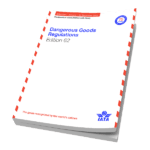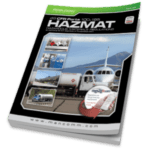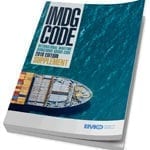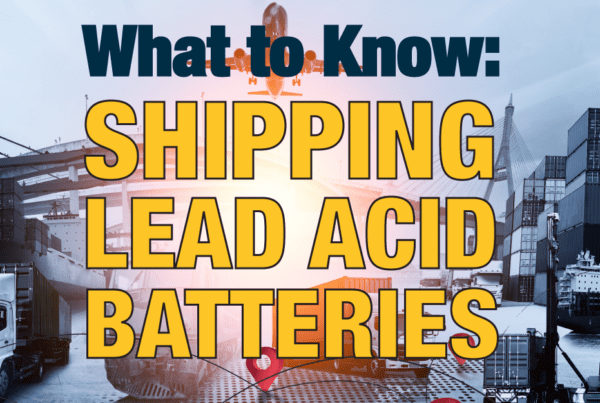This post was originally published in April 2018 and has been updated in April 2023 for accuracy.
As an avid reader and science nerd, the author Dan Brown is a different type of read. His lead character, Dr. Robert Langdon, is a professor of symbology. This means he studies and understands various symbols found in history and codes. Sometimes in transportation, we must be our own Dr. Langdon to decipher what the regulations are trying to tell us.
Here are some of the common symbols you could see with their meanings. Also included is where in each regulation you can find further information. By the way, have you purchased the latest update to 49 CFR yet?
Symbols in IATA and IMDG:
- ■ The square: This symbol tells us new material has been added to the regulation or edition.
- ▲ The triangle: Here it indicates some part of that section of the regulation changed in some way. It could be as simple as one word, sentence, or entire section that was reworked or clarified.
- ∅ The crossed-out circle: This one is a space holder showing some part or section has been removed, deleted or cancelled from the current edition. A very useful symbol, because it will keep you from looking for something that you knew was there but now can’t find.
- ☛ The pointing finger: Here is a symbol found only in IATA. It signifies this section or statement is more restrictive than the ICAO regulations.
- ★ The star: Another one only found in IATA and at the end of the proper shipping name in the Dangerous Goods List. It triggers the need for a technical name on packages and paperwork.
- † The cross or dagger: One more only in IATA and the Dangerous Goods List. When this is used, the shipper should review the description found in Appendix A.
For more information you can review Appendix B in IATA or for IMDG look in Volume 1 in the Foreword.
Symbols in DOT:
- + The plus sign: Found in column 1 of the Hazardous Materials Table, it fixes or sets the shipping name, hazard class and packing group for a particular entry based on human experience with the material.
- ✉ The envelope: This is found in ICC’s MANCOMM version of the regulations. It tells the shipper there is a letter(s) of interpretation available should questions or more information be needed. You can access all letters here. There is a search function on the left side of the site.
- ❖ The “quartered diamond”. Again, in ICC’s version this is as a way to track recent changes. This is helpful given the … unique way DOT handles their updates and revisions.
For information on the plus sign symbol, refer to §172.101(b)(1) for information. For the ones used in the MANCOMM used at ICC, the symbols are on the first page under “What’s in this book?”.
Symbols in TDG:
Oddly enough, TDG doesn’t really use symbols. They don’t have any indication of changes other than referring a shipper back to the amendment where it first appeared.
We can now set out to solve our own “DaVinci Code” and “Lost Symbol” with ease. If you are a current customer and need some assistance, call us today. We can help with all things transport including training, marks, labels, and packaging.
Stay up to date and sign up for our newsletter!
We have all the products, services, and training you need to ensure your staff is properly trained and informed.
 IATA Dangerous Goods Regulations |
 US 49 CFR Publications |
 IMO IMDG Code Supplement |







 ICC USA
ICC USA ICC Canada
ICC Canada